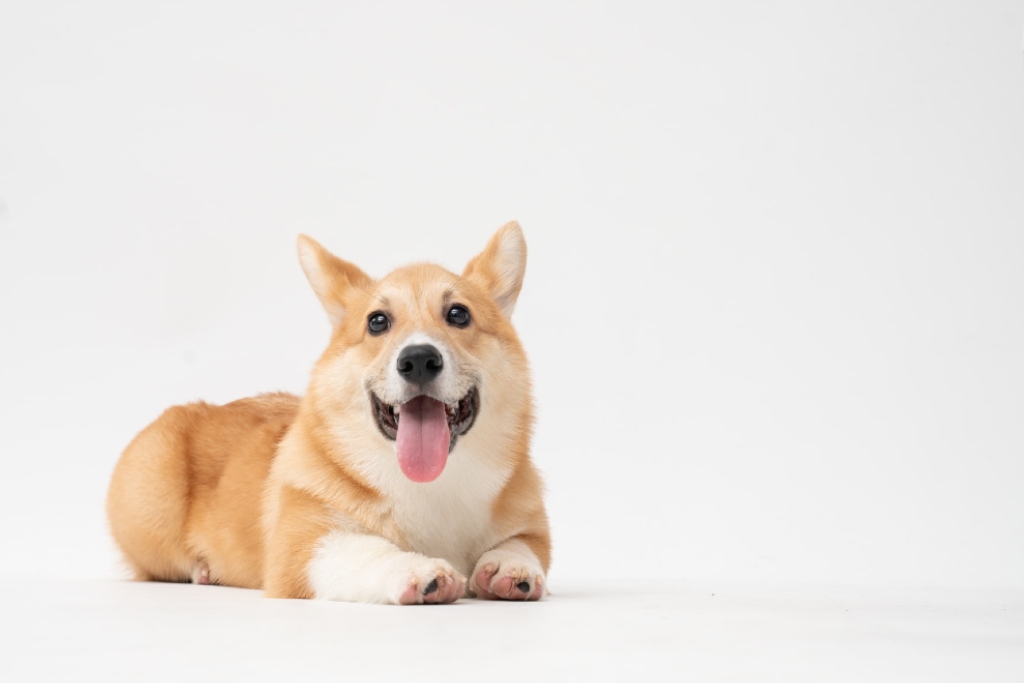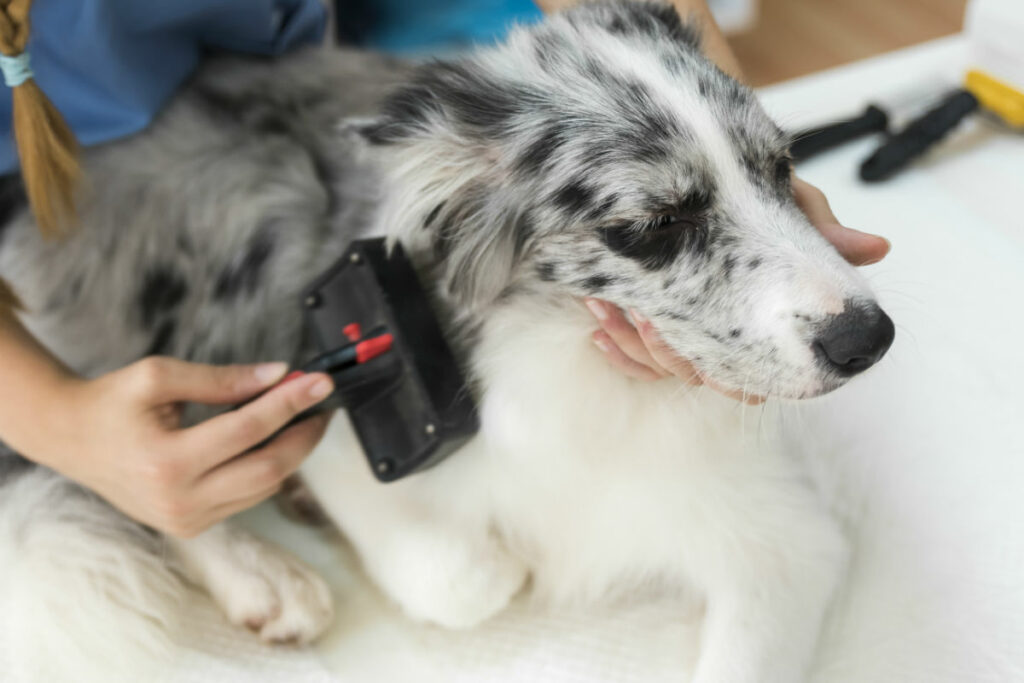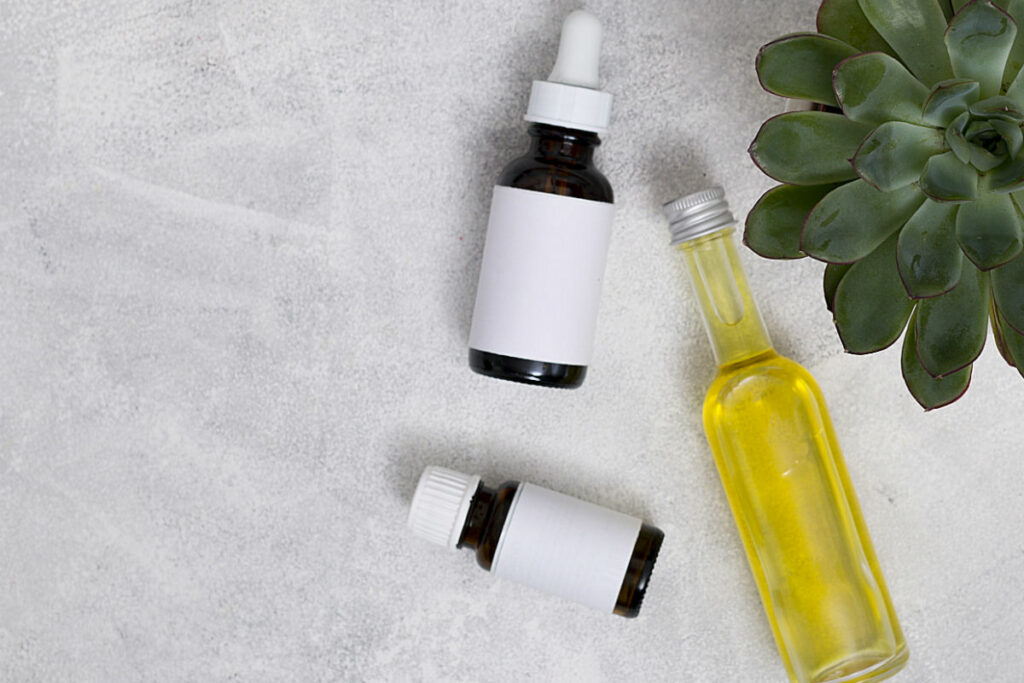How to Improve Your Dog’s Skin and Coat Naturally

We all want lovely luscious locks and a healthy scalp. So it is no wonder that we want the same things for our best friends too.
Our buddies look and (very likely) feel great when they have full, shiny coats and healthy itch-free skin. Here are four tips to help improve your dog’s skin and coat through a combination of grooming, nutritional supplements and aromatherapy.
1. Reduce Bathing Times
With Singapore’s constant heat and humidity, it is understandable why some dog owners prefer to bathe their dogs frequently. However, frequent baths actually work against keeping skin and coats at their optimum as it can dry out the body’s natural oils, which causes dryness and irritation – the exact thing you are trying to avoid. A dog’s skin naturally produces a layer of oil that acts a protective barrier against external pathogens. The oils secreted by the sebaceous gland also help to promote fur growth.
Often dogs in our climate should bathe no more than once in two to three weeks. Some dogs can go longer without bathing, but of course if you find that your pup is starting to smell bad or if they’ve had a romp in a muddy pool – into the shower they go!

2. Brush Regularly
It is a common misconception that only dogs with long and fluffy coats need to be brushed regularly. Short coat dogs benefit equally as much from regular brushing. Brushing helps to stimulate the sebaceous glands on your dog’s skin, which then produces and distributes a waxy and oily layer to lubricate and ‘waterproof’ your dog’s skin. Regular brushing also reduces greasy build-up from accumulating on their skin.
Plus, this can also be a great time for you to strengthen your bond with your dog on top of being a way for you to de-stress from a full day at work. It is also an opportunity for you to perform visual and physical checks on your buddy, looking out for any irregular bumps and lumps. You can choose to brush your dog up to two times a day for those with longer coats and two to three times a week for short coat pooches.
3. Supplement Food With Omega-3 Rich Oils
If you’re not already including an Omega-3 supplement to your dog’s diet, you should get on it. Pronto!
There are a variety of ingredients that are rich in Omega-3 fatty acids including those that are plant-based (phytoplankton) and marine based (calamari, salmon, hoki, pollock and krill). As most foods are higher in Omega-6 fats which are inflammatory by nature, adding omega-3 oils to your pup’s diet will help to correct the balance and work alongside each other to control inflammation.
Because of the role Omega-3 fats DHA and EPA have in bringing down inflammation in skin disorders, dogs who are prone to dry, itchy and flaky skin will benefit from regular supplementation.
An important point to note is that fish-based Omega-3 oil is especially vulnerable to oxidation and exposure to oxygen causes its efficacy to decrease and also creates free radicals that damage cells in bodies. This is why it is important to look for fish oils that include airless pumps. This is so that the risk of oxygen coming into contact with the fish oil is reduced, compared to a screwcap bottle that exposes the oil to oxidative stress each time it is opened.
Where possible, opt for sustainable marine oils so that you know that you are doing your part for the environment by supporting responsible and sustainable fishing methods.

4. Incorporate Essential Oils
Before we talk further about the use of essential oils, please remember that you must always dilute essential oils with a carrier oil before using it on your dog. Using undiluted essential oils is extremely dangerous due to the potency of the oils.
As a point of comparison, a single drop of pure essential oil is 75 times more potent than its herbal form. Always use therapeutic grade essential oils for both your dog and yourself. Essential oils also contain large amounts of powerful compounds and are biologically active. Plus, when using naturally derived essential oils, the scents released can have a create positive mental states for your best friend.
Here are three commonly used essential oils that can topically applied to improve your dog’s skin and coat:
- Lavender – This purple plant is a known analgesic (pain reliever) and also contains anti-inflammatory, anti-fungal, antihistamine (reduces itching) and antiseptic properties.
- Cedarwood – Earthy and woody scented, this oil has both anti-bacterial and anti-fungal properties. It is purported to help with fur growth and reduces dandruff. Not only that, because of its grounding aroma, additional benefits of using cedarwood oil include helping dogs with shyness and bringing down nervous energy.
- Roman Chamomile – Roman chamomile oil is a gentler oil and has anti-parasitic, anti-inflammatory and anti-infectious properties. It is beneficial when externally application on your dog’s skin to help provide relief to skin irritations and certain allergies.
How to dilute essential oils?
Add one drop of pure essential oil to approximately 50 drops of grapeseed, extra virgin coconut oil, almond oil or olive oil. Do practice caution when using essential oils on your dog. If you notice any signs of lethargy, drooling, disorientation or other adverse reactions, stop use of oils immediately.
Lastly, you must include at least a week’s rest period when using essential oils. Never use essential oils continuously for more than two weeks.



